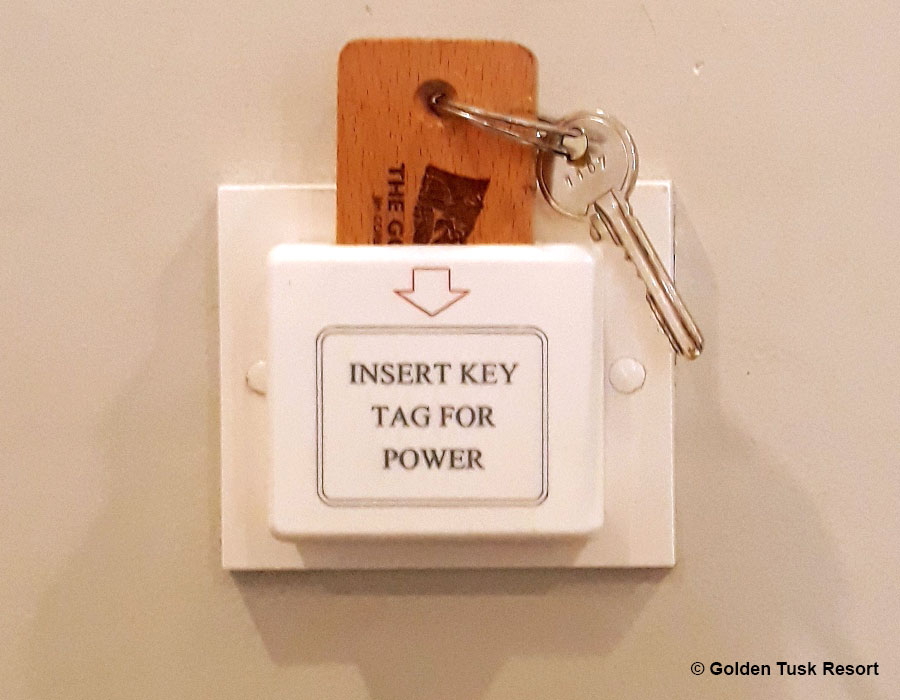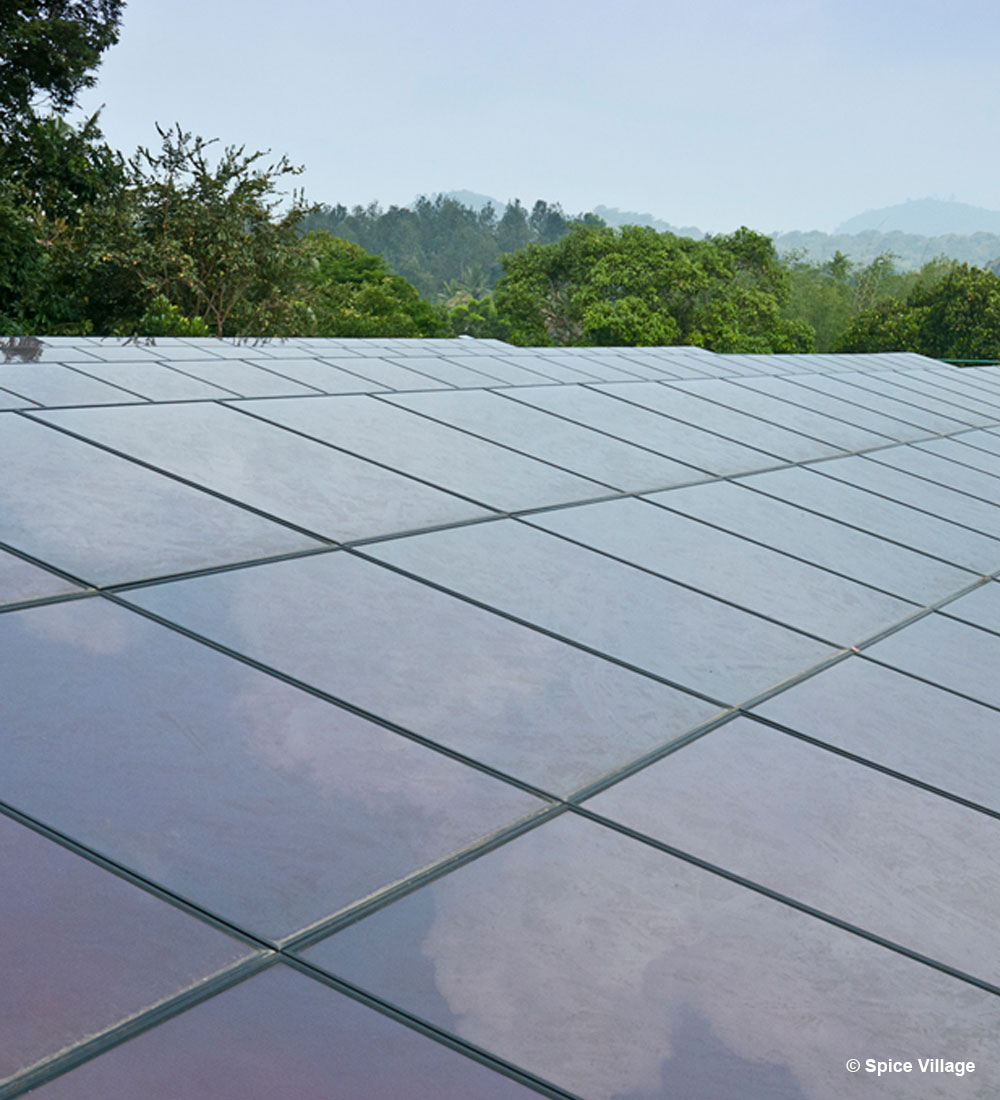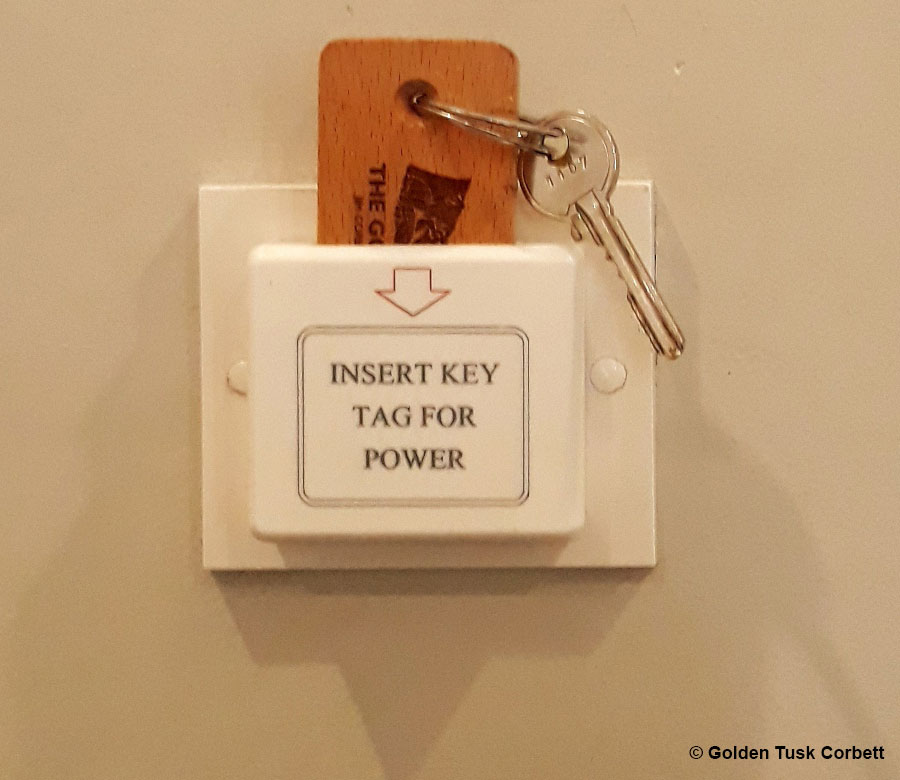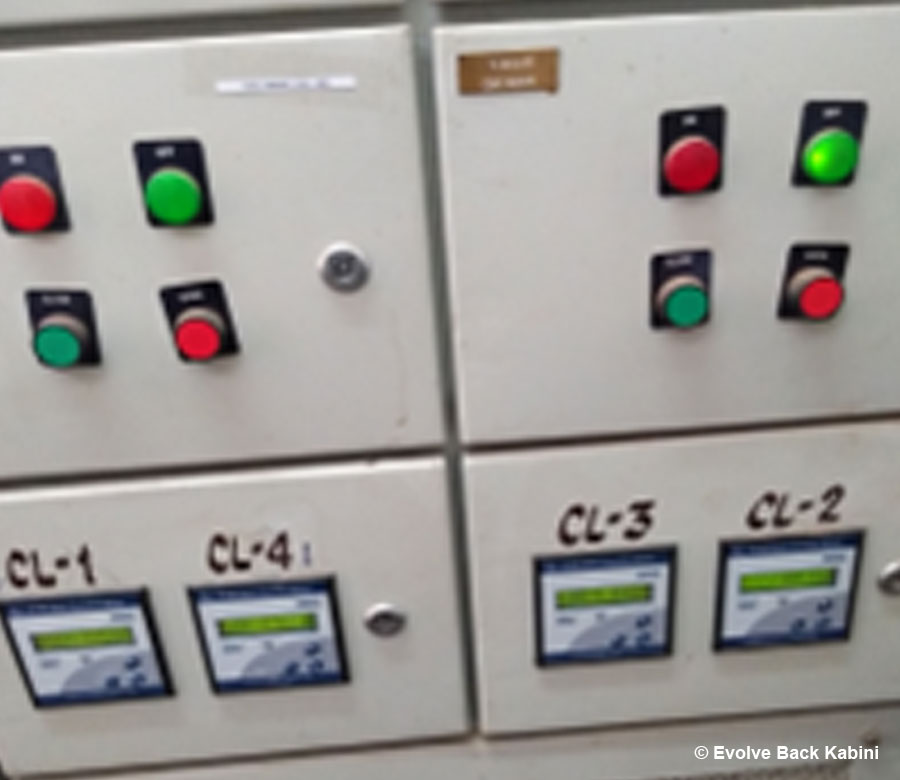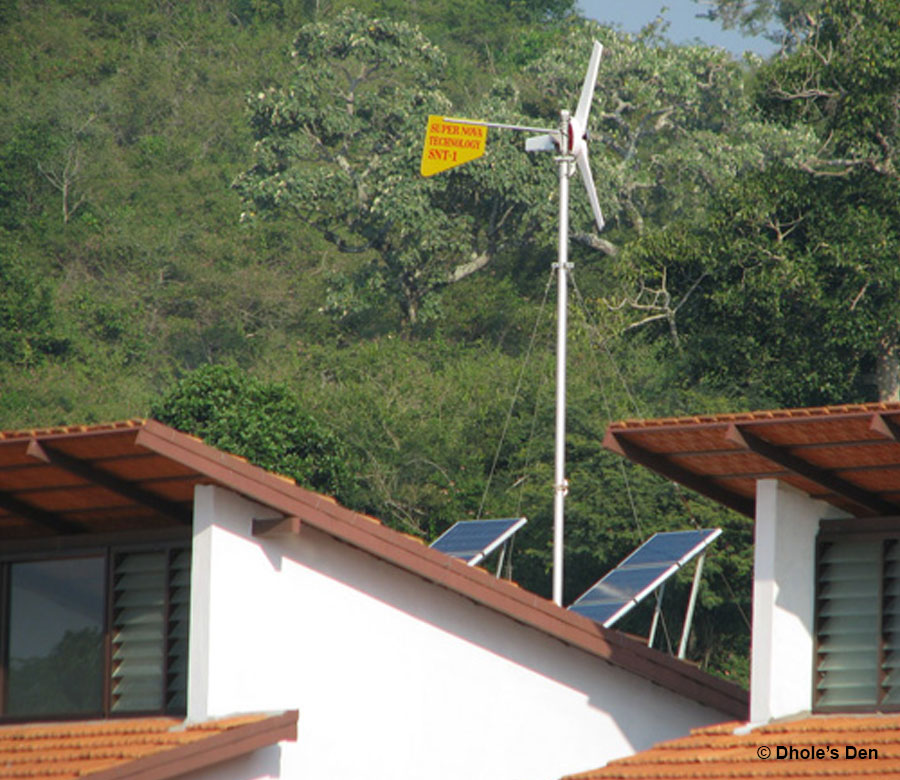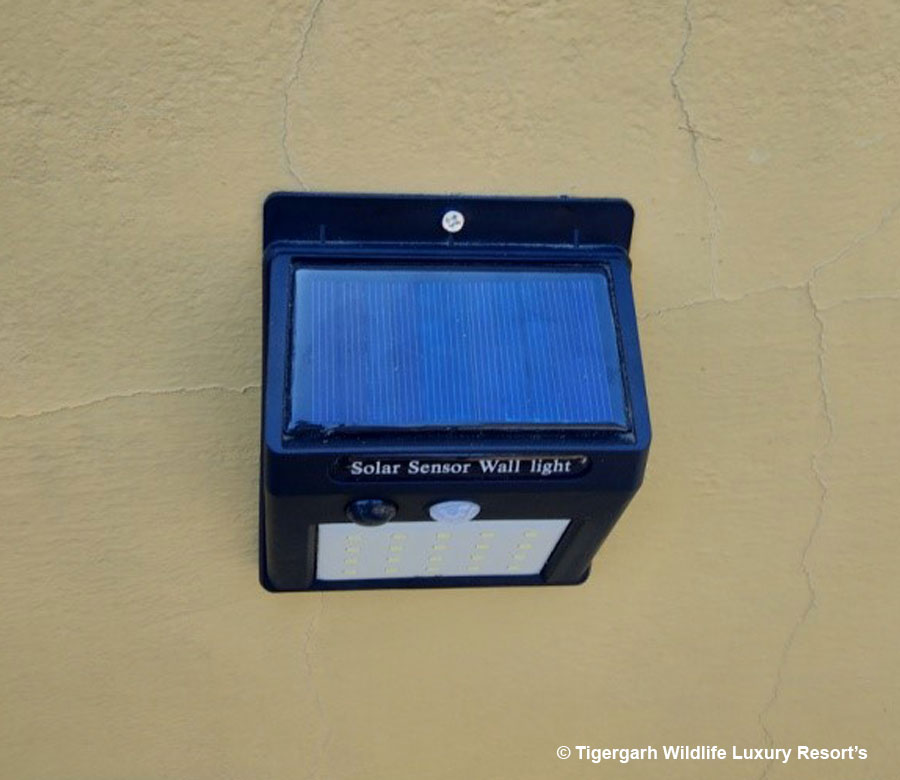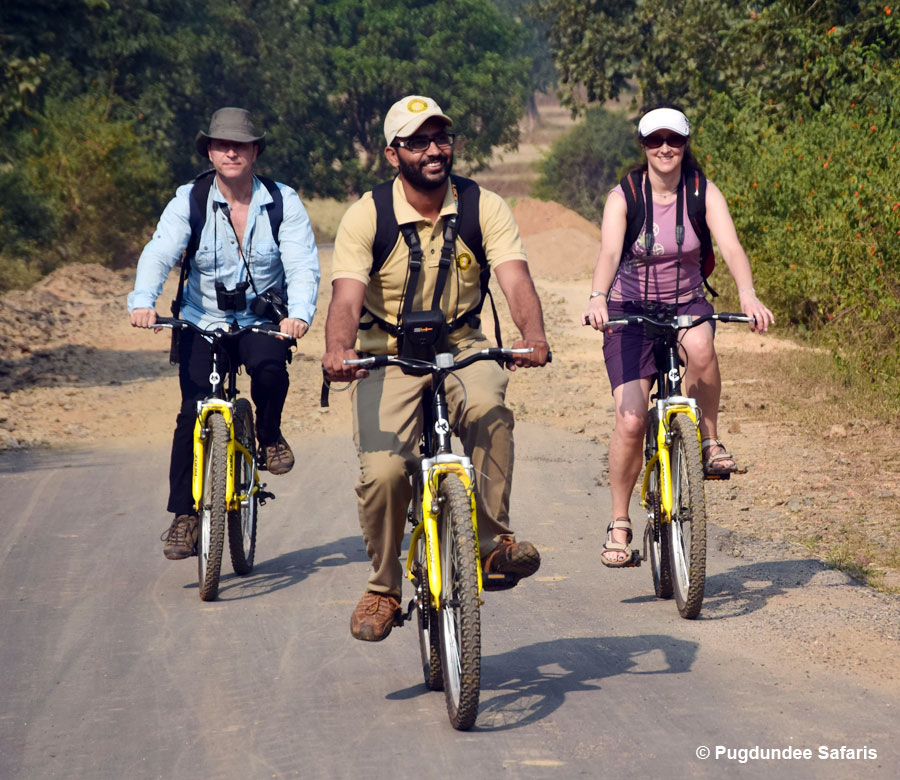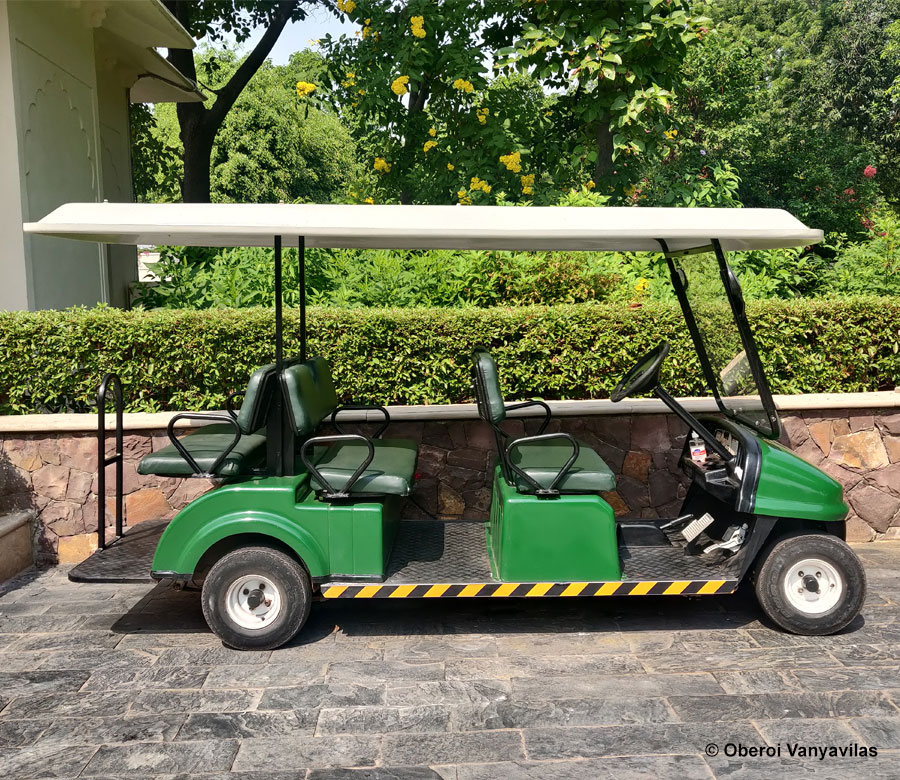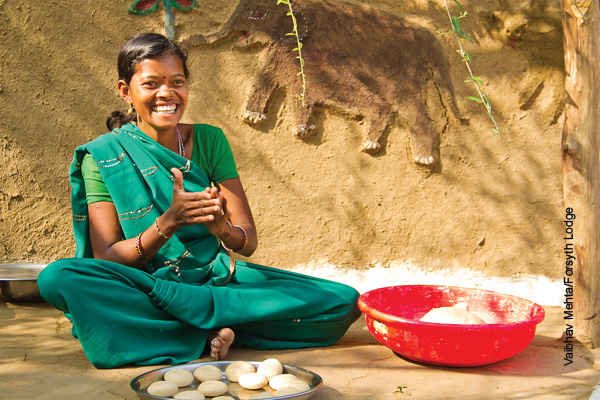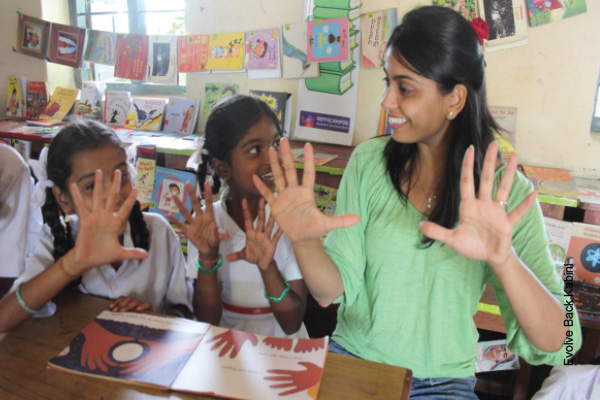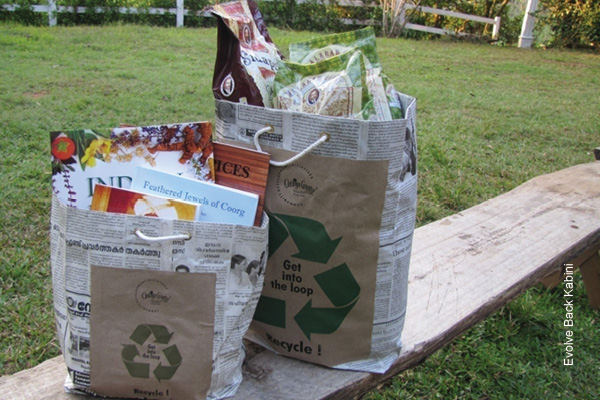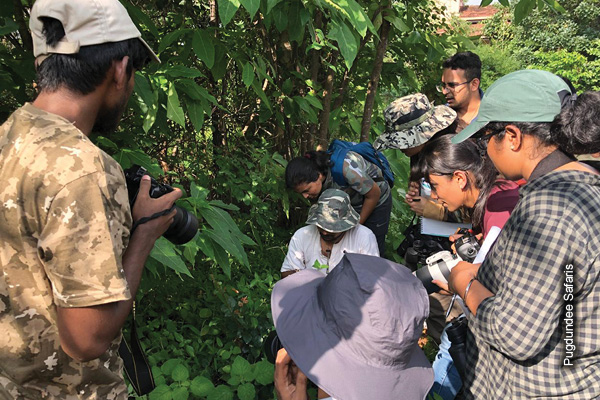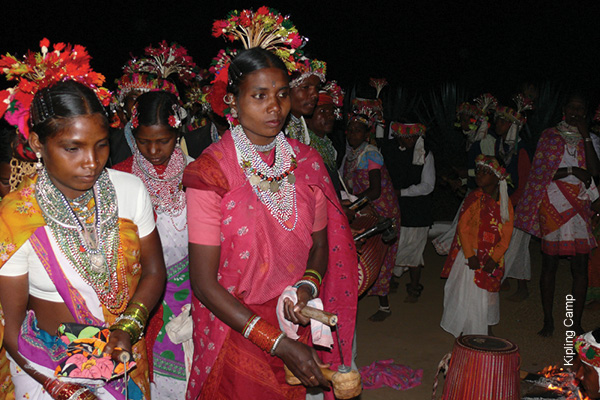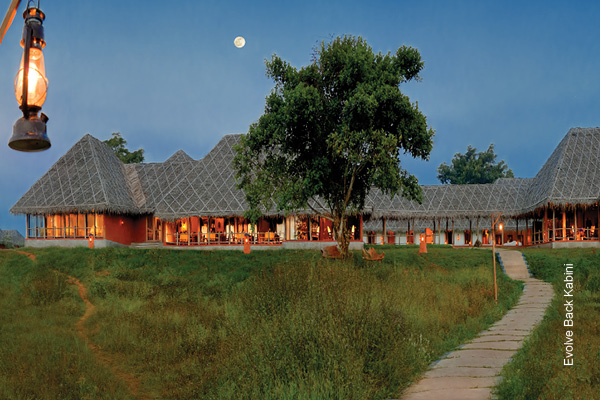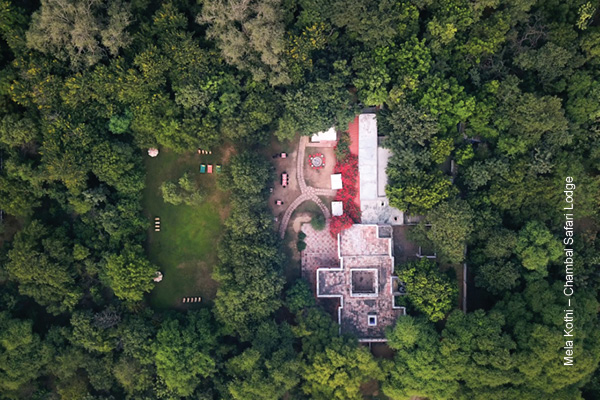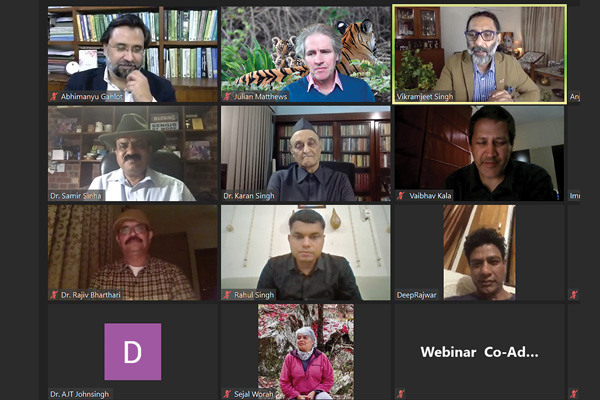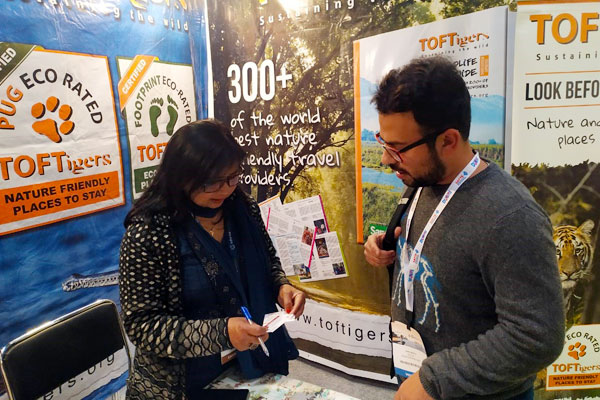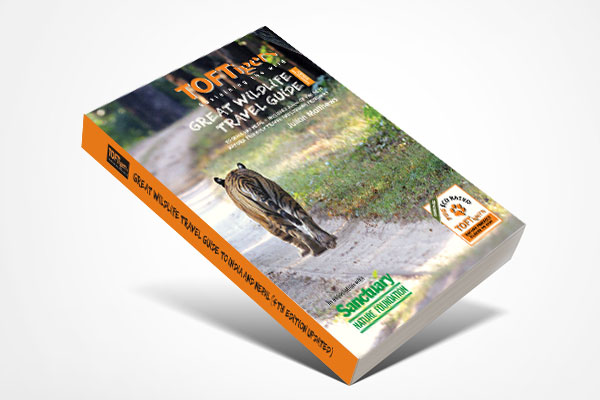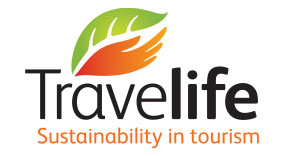Energy And Carbon Footprint
Part of TOFTigers Best Practice Series
WHY IT'S IMPORTANT
Stark warnings were given by scientists in 2018 that we have only ten years to keep temperatures within a 1.5°C increase and avoid runaway climate change. Nature has delivered her own warnings with record-breaking temperatures, extreme weather events and devasting forest fires across the globe. India is ranked 5th of the countries most affected by extreme weather conditions in 2018 by the Global Climate Risk Index 2020; Nepal ranked 9th over the period 1999-2018.
Nearly 8% of global greenhouse gas emissions come from the tourism industry factoring in not only travel but also the energy needed to support tourism such as food, infrastructure and retail services.
India is the second largest global consumer of coal behind China, the fossil fuel with the highest levels of greenhouse gas emissions and polluting particulates. On the positive side, it has emerged as a global leader in renewable energy. Targets have been set for 175 gw from renewable energy (excluding large scale hydro) by 2022 of which 100 gw is from solar (40 gw for rooftops) and 60 gw from wind. Nepal’s population still relies heavily on wood for cooking; almost all the electricity generated in Nepal comes from hydropower. Nepal is encouraging the growth of a range of renewable energy systems including micro hydropower, solar, wind and bio-energy. Over 90% of the population in India and Nepal now has access to electricity but over six million people in India, were still without it in 2019. Progress on providing access to clean and safe fuel for cooking has been considerably less (29.6% in Nepal and 49% in India in 2018) with continuing negative impacts both for health and emissions.
Join the green energy revolution and help to achieve a low carbon future. Reducing your energy consumption and carbon footprint makes good business sense. Saving energy saves money. Travellers are increasingly looking for sustainable holiday options. Renewable energy costs are coming down with potential to earn from the grid. The best practitioners are generating more energy through renewable sources than they consume. Low carbon options such as local produce and bicycles to explore the area can enhance guest experience. Protecting and restoring wilderness areas stores carbon, enables biodiversity to flourish and safeguards all our futures.

EXAMPLES OF GOOD PRACTICE
Evolve Back Kabini uses cluster-based energy monitoring and monitors electricity use on a daily basis to increase its energy efficiency alongside the use of renewable energy.
A Supernova Technologies micro wind and solar power hybrid generator at Dhole’s Den meets all the lodge’s energy requirements apart from its water pump. Separate decentralised solar energy units have been installed for use in the kitchen, bungalow and other areas.
E-rickshaws and e-buggies are used at a number of lodges including Oberoi Vanyavilas, pictured here. The resort has also installed a rooftop Azure 90 kw solar plant to reduce the resort’s carbon footprint and has a solar water heating system meeting all the resort’s needs.
Spice Village Thekkady’s kitchen needs are supplied through local procurement and its organic garden which is certified by Lacon GmBH, based on European Union standards 2092/91. The ingredients for its restaurants are sourced within a 50-mile radius.
RESOURCES
Correct at time of press. Information included may not be appropriate to every situation, destination and country and is intended for general guidance only and may be subject to change.
Photos © lodges featured, Sycom Project Consultants, or other photographers listed. © The TOFTigers Initiative 2025. All rights reserved

